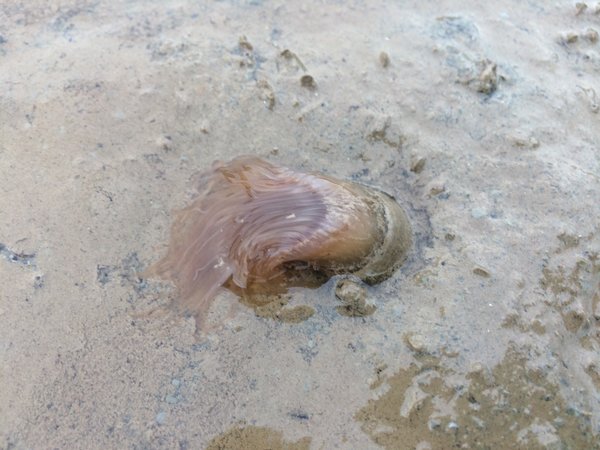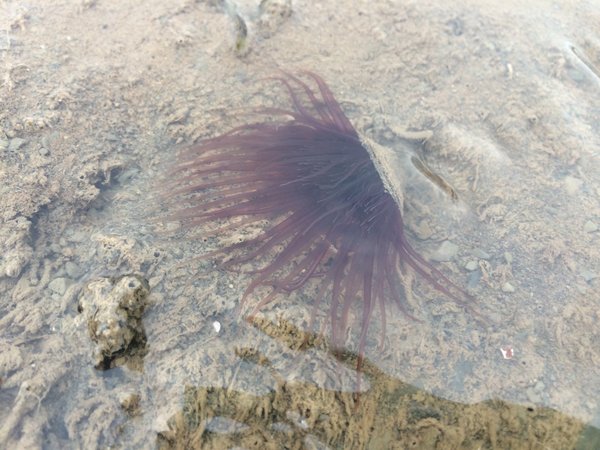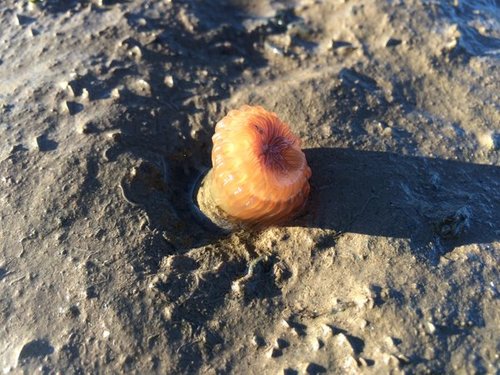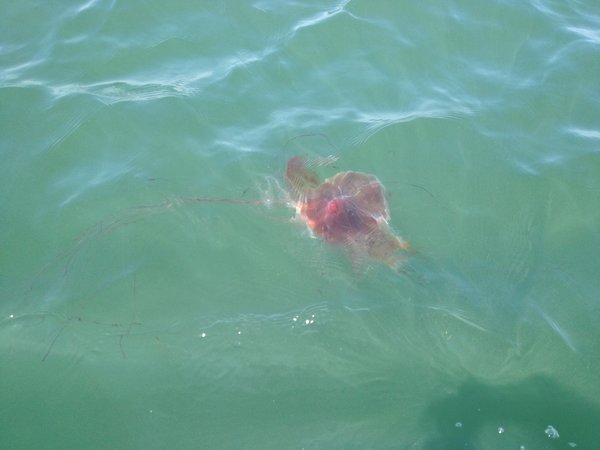 Image 1 of 3
Image 1 of 3

 Image 2 of 3
Image 2 of 3

 Image 3 of 3
Image 3 of 3




Northern Cerianthid (Cerianthus borealis)
Common name: Northern cerianthid anemone
Scientific name: Cerianthus borealis
Locations: sub-tidal on low tide rocks & ledges, likes lots of current and water flow,
Seasonality: available year round on spring tides
Colors: brown, golden yellow-brown
Size: 3” - 6" long, mud tube can be 16" long
Collected: by hand, clam fork or shovel
Quantity: sold by each
Common name: Northern cerianthid anemone
Scientific name: Cerianthus borealis
Locations: sub-tidal on low tide rocks & ledges, likes lots of current and water flow,
Seasonality: available year round on spring tides
Colors: brown, golden yellow-brown
Size: 3” - 6" long, mud tube can be 16" long
Collected: by hand, clam fork or shovel
Quantity: sold by each
Common name: Northern cerianthid anemone
Scientific name: Cerianthus borealis
Locations: sub-tidal on low tide rocks & ledges, likes lots of current and water flow,
Seasonality: available year round on spring tides
Colors: brown, golden yellow-brown
Size: 3” - 6" long, mud tube can be 16" long
Collected: by hand, clam fork or shovel
Quantity: sold by each

This anemone's tentacles are retracted!
Tidepool Tim says, “These anemones are tough to dig! They sometimes extend down into the sandy mud as deep as 24". For each I try to unearth, I cannot find 3 out of 4 animals. They just somehow disappear in the substrate or have tubes that go into the hard clay. N. Cerianthids can be located by looking for their slimy-rimmed burrow that resembles a clam siphon hole. sometimes part of the anemone is exposed above the surface at low tide. You will see the tentacles and the column rising up 1/2" above the mud as in the pictures above. As the tide is coming in you will see this beautiful array of short and long tentacles in a flower-like pattern spread wide in the seawater. Touch them with your boot and finger and like lightning - in a flash they are gone down into their burrows.”





